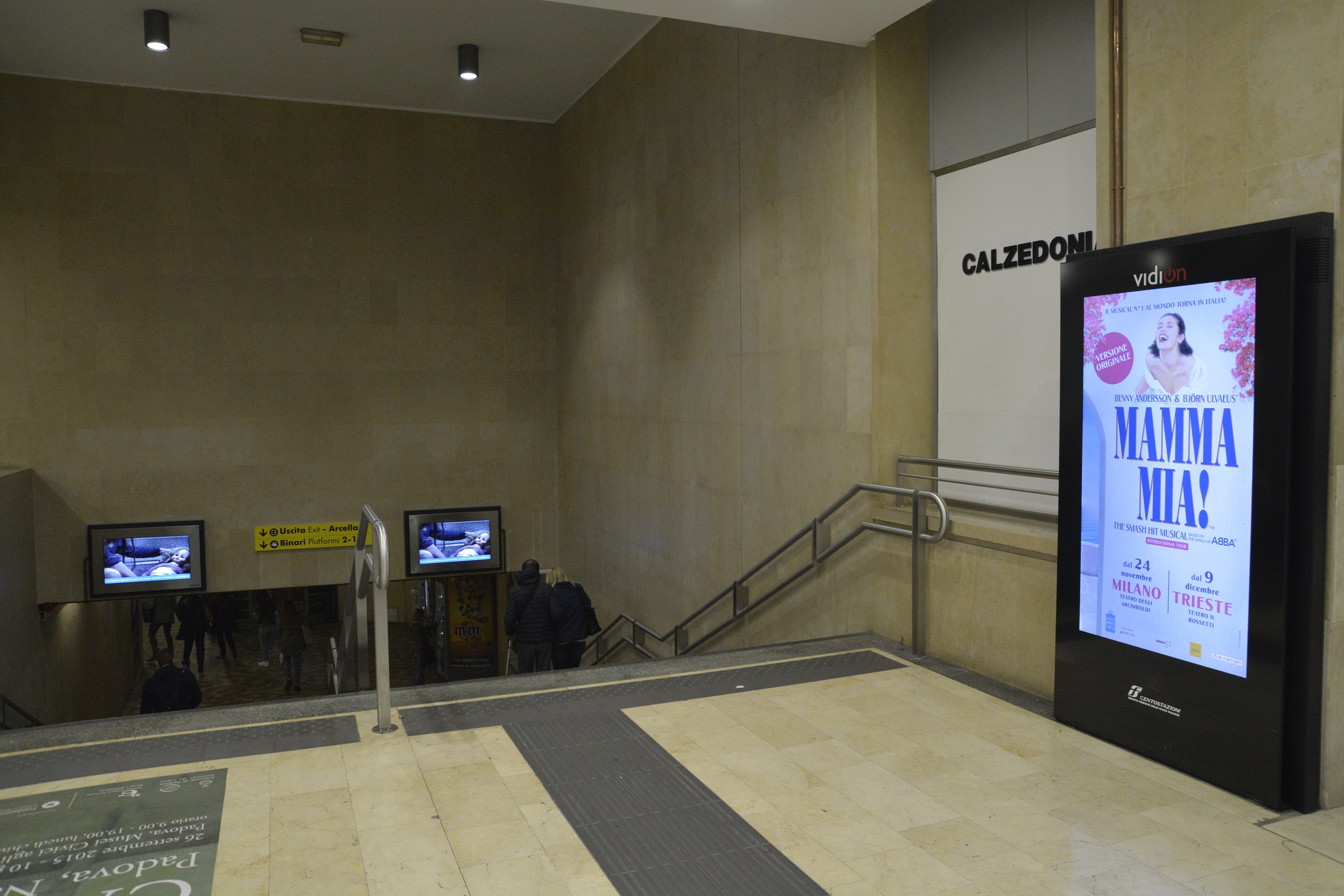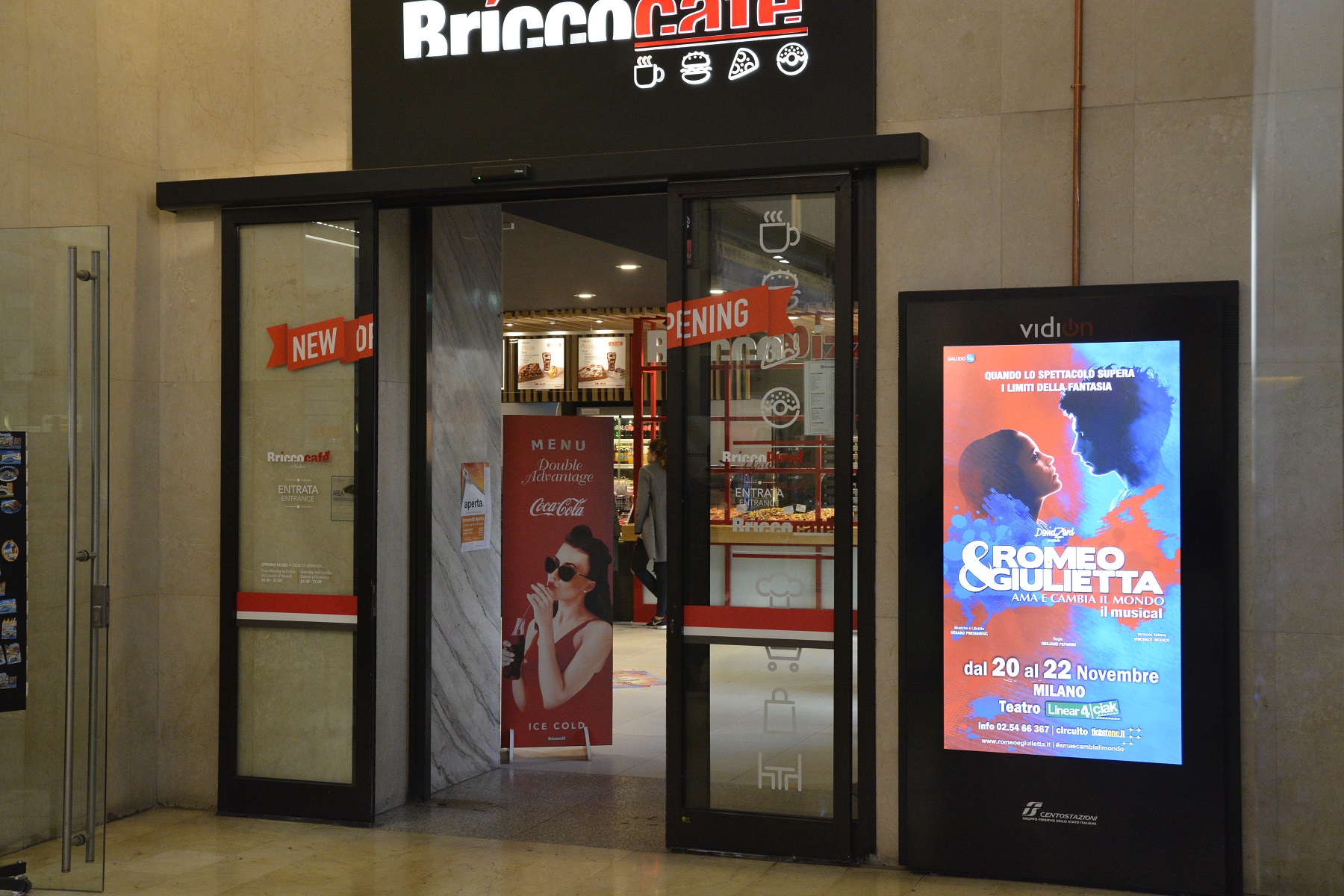Location is important from every possible angle. In digital signage, however, it is most important from two very specific angles, both of which we shall discuss in detail.
Digital signage depends on location for success and it must be ideal in every aspect. Find out what this ideal location looks like, and also how to find the perfect location for a digital display when it comes to your business in particular. You might think that “crowded areas” are an obvious clue, but if you followed that single idea, you could be making a massive mistake.
What does the perfect location look like?
You undoubtedly created great and engaging content for your digital displays, granting them the potential to engage anyone who might be even slightly interested in your business. We’ve focused on content creation quite a bit in the past, so now, we will focus solely on location and positioning.
First and foremost, a perfectly placed digital display will be visible and easy to see. Pretty simple, right? Second, it is going to reach your target audience to the highest possible extent.
This is a pretty basic overview, regardless of your business type. However, it gets a bit more complicated as you start going deeper and attempting to fulfill these two main ideas. There are a few questions you need to answer first: Who is your target audience? How do you locate its individuals?
Defining your target audience
The first denominator of any audience is the internal and external division. The internal audience is very easy to identify and thus very easy to localize.
As far as the internal audience is concerned, there are several general locations commonly found in most establishments where you can place a digital display. For example, interior walls or columns, customer service counters, waiting areas, patient rooms, employee areas, elevators, changing rooms and many more. Employee training is a great use for any digital display and you’d want your displays to be accessible by your trainees and placed in ideal locations to provide the best guidelines and tips for them.
As far as the external audience is concerned, things get a bit tricky. Allow me to give you an apt metaphor:
The internal audience — your staff, shareholders, employees, trainees etc. — is your adult child that just graduated from college: you know their inner identity. Their intentions and motivations are very clear. You know what they want. You know where to find them and how to interact with them.
The external audience — clients, customers, visitors etc. — is a young teenager: you don’t immediately know their inner identity. You can’t immediately know what motivates them and thus, you don’t know how to interact with them properly.
Essentially, the external audience requires more of your attention. You need to do research and find out their inner identity, which will lead you to where you can find them and influence them to approach you.
Based on your business, you can have a good idea on who your ideal audience is. Some standard divisions are by age and sex, or by any other critical factor you see in your business. This is the standard idea of what your target audience looks like. Now, onto the next question: where do you find them?
Localizing your target audience
Metrics analysis is the most effective method to determine where you’ll find your ideal customer. There are many research companies like Geopath that use specific metrics from mobile phones and cars to define the location for a specific audience.
Once you have defined your audience and the location where they are most likely to be found, you can place a digital display in a high traffic location that fits that audience. For instance, if you’re trying to build a trendy clothing brand for a younger clientele, place a digital display in the shopping mall.
Regarding the physical placement of a digital sign, there are a few different possibilities in order for you to reach these high-traffic locations. First, if you have access to a location in a high-traffic area for your target audience, you can simply display the signage yourself, or hire someone to do it for you. Second, you can purchase advertising space and display the content that you want yourself. On the other hand, you can purchase advertising space and opt to have your content displayed in digital signage campaigns that are operated by someone else.
There are many possibilities, and as you can see, you can either choose to have all the decisions in your hands, or have a part of the call-making alleviated.
Drifting off shortly from the topic of digital signage, there are other methods based on location that can help your business grow, such as location based advertising. It’s pretty self-explanatory but suffice to say it can greatly influence your audience’s behavior. According to a recent study by the OAAA, out of all media, OOH was the most likely to provoke a mobile response in consumers.
The technical side of any digital display location
We’ve seen the perfect location from a business perspective, how it can benefit you and how you can identify it. Let’s take a look at it from the physical perspective and see how you should position your digital displays once you’ve established the ideal location for them.
When using a digital display of a standard size (not the size of a tablet and not the size of a billboard) here are some points you should consider:
- A person with normal vision can see up to 23 feet with decent clarity. Take this distance into consideration for both clarity purposes and the distance you can use to get your message across.
- A display at eye-height is easier to notice and maintain attention on. For instance, massive billboards attract attention, but if you’re just passing by, you can’t effectively look at them for longer periods of time due to their position, lest you walk into a pole.
- The angle of your displays is important depending on its purpose: if it’s an interactive display, place it lower and set the angle upward to ensure easier interaction, or if it’s above eye-height and in presentation mode, angle it downward.
- Experiment with clarity. Based on your content type and style, the perfect viewing distance can vary. Measure the distance from the display to where you want your audience to see it and adjust the content so it remains clear to understand. It is recommended to keep text short, up to one or two shorter sentences in order to maintain clarity at greater distances.
- Pay attention to the amount of illumination your displays face. For example, LED displays have proven themselves more efficient for outdoor locations, maintaining strong visibility even in the presence of strong illumination. Meanwhile, LCD displays are much better for indoor usage and are best used for interactive purposes. Be sure to check out more details on these two amazing feats of technology and how to use them both optimally.
Location, location, location! Very important, especially for a tool which relies on visibility and clarity to reach success. You can now establish what the perfect location is for your digital signage campaigns, and you can go out and purchase an advertising space knowing it is the best possible choice to bring in more consumers to your business. Additionally, analytics and metrics can be a hassle, but without them you are shooting blind and are missing the clear vision of your target audience. Use that knowledge to not only help your digital signage but your overall business.
With all this in mind, what do you use as a compass to guide you to the ideal audience location?










